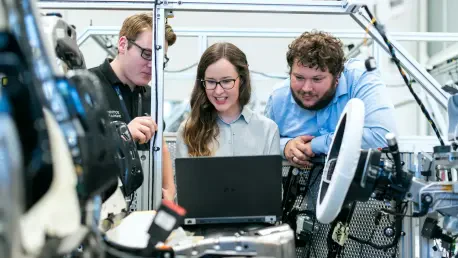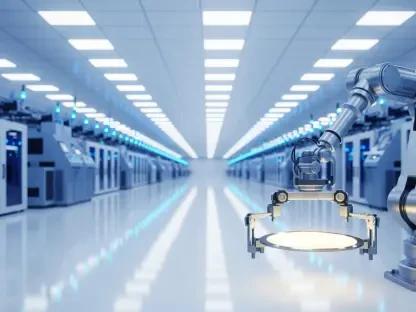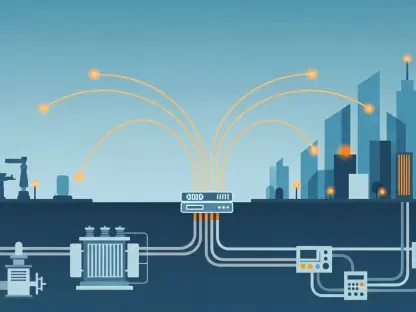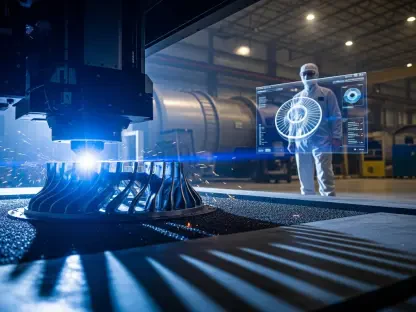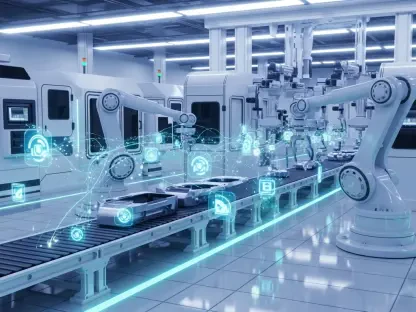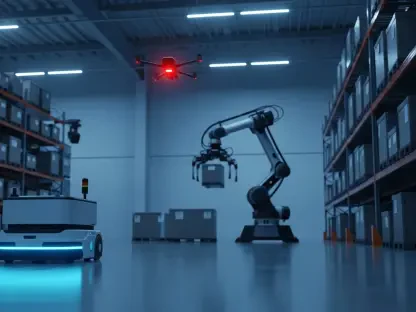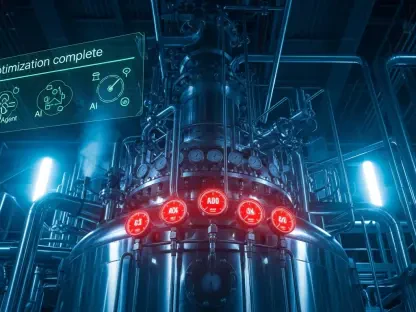Navigating a Digital Crisis in the Automotive Sector
In an era where digital integration defines modern manufacturing, the recent cyberattack on Jaguar Land Rover (JLR), a leading British automaker, has sent shockwaves through the automotive industry, raising critical questions about the resilience of global supply chains. With production halted for over a month, the company’s gradual restart of operations highlights the escalating risks of cyber threats and the urgent need for robust cybersecurity measures in the sector. This market analysis delves into the implications of JLR’s crisis, examining how such disruptions influence financial stability, supplier networks, and long-term cybersecurity strategies in the industry.
The significance of this analysis lies in its ability to uncover broader trends affecting automakers worldwide. As vehicles become more connected and reliant on complex digital systems, the vulnerability to cyberattacks grows, posing risks not just to individual companies but to entire markets. This examination aims to provide stakeholders with actionable insights into navigating these challenges, from immediate recovery efforts to future-proofing against digital threats.
By exploring JLR’s situation within the context of industry-wide patterns, this analysis highlights the urgent need for enhanced cybersecurity measures and offers a roadmap for mitigating similar disruptions. The focus remains on understanding market dynamics, projecting future risks, and identifying strategic opportunities for growth amidst adversity.
Dissecting Market Trends: Cyber Threats and Automotive Vulnerabilities
Escalating Digital Risks in a Connected Industry
The automotive sector has witnessed a rapid transformation with the integration of digital technologies, from smart manufacturing systems to connected vehicle platforms. However, this shift has exposed companies like JLR to unprecedented cyber risks, as evidenced by the recent attack that paralyzed its production lines. Industry data suggests that cyberattacks on manufacturers have surged by over 30% in the last two years, with ransomware and data breaches becoming common tools for malicious actors targeting critical infrastructure.
This trend is particularly alarming given the interconnected nature of automotive supply chains, where a single breach can disrupt operations across multiple tiers. The financial impact is substantial, with estimates indicating that JLR alone faced daily losses of approximately $7 million during its shutdown. Such figures underscore a pressing market reality: cybersecurity is no longer a peripheral concern but a core determinant of operational continuity and competitive advantage.
Beyond immediate losses, the reputational damage from such incidents can erode consumer trust and investor confidence, affecting long-term market positioning. As automakers continue to digitize, the demand for robust defense mechanisms becomes paramount. This growing vulnerability signals a shift in market priorities, pushing companies to allocate significant resources toward safeguarding digital assets.
Supply Chain Fragility: A Domino Effect on Market Stability
Another critical trend emerging from JLR’s crisis is the profound strain on supply chains, particularly for smaller suppliers who lack the financial buffer to withstand prolonged disruptions. Reports highlight that some of these partners are on the brink of collapse, resorting to drastic measures like leveraging personal assets for emergency funding. This fragility illustrates a broader market challenge: the cascading impact of a cyberattack extends far beyond the targeted company, threatening the stability of regional and global networks.
Market analysts project that without intervention, such disruptions could lead to a contraction in supplier diversity, as smaller players exit due to insolvency. This consolidation risks creating supply bottlenecks, ultimately driving up costs for automakers and consumers alike. JLR’s reported consideration of advance payments to key suppliers is a step toward mitigating this issue, but it also reflects a market gap in systemic support for vulnerable ecosystem participants.
The ripple effects of supply chain instability also influence market forecasts, with potential delays in vehicle production impacting sales cycles and inventory levels. As automakers grapple with these challenges, there is a growing recognition that strengthening supplier resilience must be a strategic priority. This trend points to an evolving market landscape where collaborative risk-sharing mechanisms could redefine industry partnerships.
Regulatory and Technological Shifts Shaping Market Responses
Looking ahead, the automotive market is poised for significant changes driven by regulatory tightening and technological innovation. Governments across regions are introducing stricter cybersecurity mandates for critical industries, with frameworks like the European Union’s Digital Operational Resilience Act (DORA) expected to set new compliance benchmarks by next year. Such regulations are likely to reshape market dynamics, rewarding companies that proactively invest in digital security while penalizing those that lag behind.
On the technological front, advancements such as artificial intelligence for threat detection and blockchain for secure data management are gaining traction as potential game-changers. Market projections indicate that adoption of these tools could reduce cyberattack-related losses by up to 25% over the next five years. For companies like JLR, leveraging these innovations offers an opportunity to rebuild market confidence and establish leadership in digital resilience.
These dual forces of regulation and technology are creating a competitive divide in the market, separating proactive players from reactive ones. As public-private partnerships, like JLR’s collaboration with the UK Government’s National Cyber Security Centre (NCSC), become more common, the market may see accelerated sharing of threat intelligence. This trend suggests a future where cybersecurity becomes a collaborative endeavor, fundamentally altering how automakers approach risk management.
Reflecting on the Past: Strategic Lessons from a Cyber Crisis
Looking back, the cyberattack on Jaguar Land Rover proved to be a defining moment for the automotive industry, exposing deep-seated vulnerabilities in digital infrastructure and supply chain networks. The staggering financial losses, estimated at $7 million daily, coupled with the near-collapse of smaller suppliers, painted a sobering picture of the market’s fragility. This incident also highlighted the looming threat of data exfiltration, where stolen information could have inflicted damage long after systems were restored.
The market response, characterized by JLR’s cautious production restart and collaboration with cybersecurity authorities, offered valuable lessons in crisis management. It became evident that transparency with stakeholders and proactive support for supply chain partners were critical in mitigating broader economic fallout. These actions, though challenging, laid the groundwork for rebuilding trust and stabilizing market perceptions.
Moving forward, the industry was prompted to consider strategic investments in advanced cybersecurity frameworks and contingency planning to prevent similar crises. Establishing industry-wide protocols for threat detection and response emerged as a key recommendation, alongside fostering resilience among smaller suppliers through financial and operational support. This past event underscored that in a digitized market, preparedness and collaboration were not just options but imperatives for sustained growth and stability.
